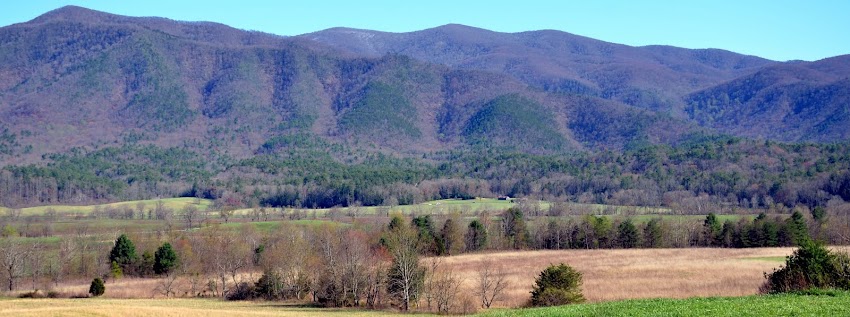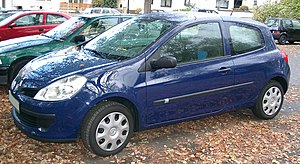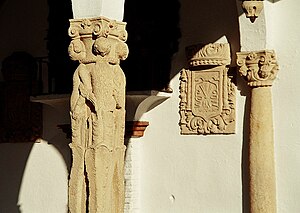My case is hopeless. I have no reward waiting for me in heaven. None.
I’ve spent it all here on earth. I tried not to. I’ve tried to save them for heaven, but no matter how hard I try, I always get back more than I give. Only a few samples of my attempted generosity will prove my impoverished state. (Please note, I am not bragging about my generosity. I do want something in heaven).
I’ll start with “Gloria,” a friend prone to blood clots. Once again she was hospitalized, so I decided to brighten her day with a visit. Besides, one of my husband’s congregants was also in the hospital, so I could double my rewards with very little effort.
I’m a woman with a mission, thus, as usual, I rushed my husband up the walkway to the hosptal entrance. As we approached the front doors, I nearly fell over a poor woman in a wheel chair.
“Excuse me,” I said. I do have manners even if I’m spiritually bankrupt.
“Carol?”
I actually looked at the woman. “Gloria! I was on my way to see you.”
“It was a beautiful day, so I came outside.”
I looked around, noted the truth of her statement. My husband didn’t know Gloria, as we recently married, so I sent him off and stayed to enjoy the sunshine with my friend.
“I’m sorry about another clot. You have to be discouraged,” I said.
“It’s not bad. I have chance to relax, catch up on my Bible study and have extra time with the Lord.”
“But isn’t this a painful way to do it?” (My ‘Eyore’ side always predominates.)
“No. God is in control. That’s enough for me.”
I bent over, hugged her and we chatted about Jesus and families and church until her husband took her back to her room.
Gloria revived my faith. Her words and actions reassured me of her love for me as well as God’s love. I left to find my husband and knew I got more from my visitation than Gloria.
Another case is “Flora” whom I met on a missionary trip to Romania. She’s a gypsy, a group who faces a great deal of discrimination. She can’t find a job because she’s “dark.” Lack of finances keeps her on the verge of eviction from sub-standard housing. On those occasions I get a plea for help.
Which of course I send. (Still hoping for that jewel).
I’ll send about $100 which translates into lots more in Romania. She stays in her home, gets medical help and a little extra. Then all I hear from her is good news: her growth in God or gratitude for my love. The occasional money doesn’t make a big dent in my budget because God more than adequately pays my bills. I know my small service to Flora is just that: small.
In truth, I never do what I do to be applauded. I take Matthew 6:1 seriously. “Be careful not to do your acts of righteousness before men, to be seen by them. If you do, you will have no reward from your Father in heaven.” But somehow, others see. Others give back much more than I give. And the gratitude I receive, toots my good deeds like a trumpet from the rooftops.
My only hope is to keep trying. Someday someone won’t notice. Someday I won’t get more than I give. But I doubt it.
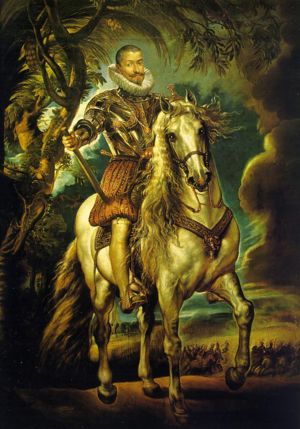 Image via Wikipedia The first painting I saw as I entered was "Equestrian Portrait of the Duke of Lerma." It had to be fifteen feet tall and if allowed to touch the work, I would have sworn you could feel the satin in the horse's coat. This picture does not do the work justice.
Image via Wikipedia The first painting I saw as I entered was "Equestrian Portrait of the Duke of Lerma." It had to be fifteen feet tall and if allowed to touch the work, I would have sworn you could feel the satin in the horse's coat. This picture does not do the work justice. Image via Wikipedia In "Abraham Offers the Tithe to Melchizedek," Rubens captured the concept of the tithe. Melchizedek is resplendent. You know he is God. And Abraham is rich and powerful, still he bows before this king and offers him a tenth of all he has. The humility, the grandeur, the positive qualities of God and mankind are captured in this work.
Image via Wikipedia In "Abraham Offers the Tithe to Melchizedek," Rubens captured the concept of the tithe. Melchizedek is resplendent. You know he is God. And Abraham is rich and powerful, still he bows before this king and offers him a tenth of all he has. The humility, the grandeur, the positive qualities of God and mankind are captured in this work.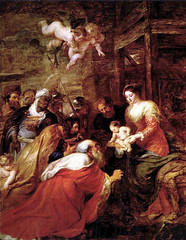 Image by André Durand via Flickr
Image by André Durand via Flickr